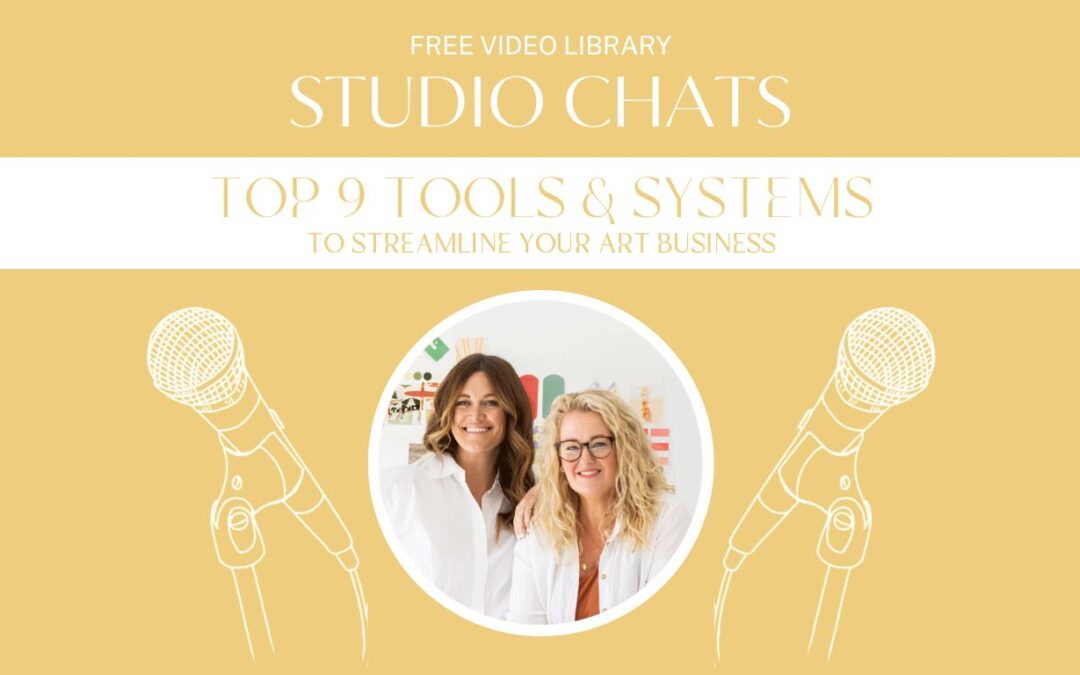Running a successful art business takes more than just creative talent—it requires the right tools and systems to stay organized, save time, and maximize productivity. Whether you’re an illustrator, surface pattern designer, or aspiring creative entrepreneur, having the right setup can transform how you work. Here are the nine essential tools and systems we swear by for managing our art businesses.
1. Adobe Creative Suite
No art business is complete without Adobe. From Illustrator for vector designs to Photoshop for mockups and editing, Adobe remains the industry standard. While it’s an investment, learning Adobe programs can open doors to more in-house opportunities and professional collaborations.
Tip: Pair Adobe with Procreate or Fresco for intuitive sketching and digital artwork.
2. Canva
Originally snubbed by many professionals, Canva has become a go-to for quick, polished social media graphics, PDFs, and presentations. Its user-friendly interface allows even non-designers to create cohesive branding materials.
Why We Love It: Canva is a lifesaver when working with virtual assistants or team members who don’t have Adobe expertise.
3. Airtable
Think of Airtable as Trello meets Excel but with added magic. It helps you organize tasks, portfolios, and even client information seamlessly. Use it to create shareable databases for clients or streamline your workflow with custom views.
4. Dropbox
Your art files are your business’s lifeline. Dropbox offers peace of mind with its file storage and backup capabilities. You can free up your computer’s space by unsyncing older files while still accessing them online when needed.
5. ThriveCart
Selling courses, workshops, or digital downloads? ThriveCart’s one-time payment model makes it a budget-friendly alternative to platforms like Kajabi. It’s an excellent option for growing educators or artists looking to monetize their expertise.
6. Flowdesk
Flowdesk makes email marketing both beautiful and intuitive—perfect for creatives! Its templates help you create aesthetically pleasing emails that reflect your brand effortlessly.
Pro Tip: Start with their 50% off affiliate link to save on your first year.
7. Google Workspace
Google Sheets, Docs, and Drive are indispensable for managing your business. We use it for everything from tracking licensing deals to creating art call submissions, Google Workspace keeps everything centralized and collaborative.
8. Pantone Connect
For designers working with manufacturers or clients requiring precise color specifications, Pantone Connect is invaluable. It converts colors seamlessly and ensures consistency across projects. While it’s a niche tool, it’s worth considering as your business grows.
9. Zoom
From virtual client meetings to recording educational content, Zoom is a staple in any modern creative business. Its paid version allows for longer sessions, which is a must for in-depth collaborations or workshops.
With the right tools, you can simplify your processes, improve your productivity, and focus on what you do best—creating amazing art. You don’t have to integrate all nine tools in one go! Simply start by evaluating your current systems and identify which tools will address your pain points most effectively.





















